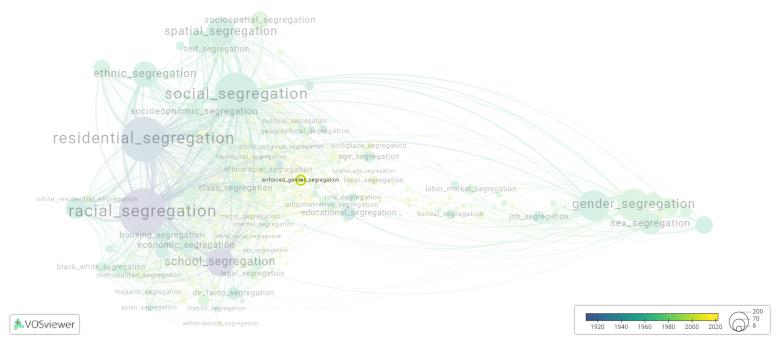Enforced gender segregation
Date and country of first publication[1][edit | edit source]
2012
Saudi Arabia
Definition[edit | edit source]
Enforced gender segregation refers to a policy or system that mandates the separation of individuals based on their gender, typically in public spaces, institutions, or social activities. This practice has historically been justified on various grounds, including cultural, religious, or societal norms.
For instance, certain countries or regions have implemented enforced gender segregation in educational institutions, public transportation, workplaces, religious spaces, sports facilities, or public events. In such cases, men and women are strictly separated and have limited or no interaction with each other.
Advocates of enforced gender segregation argue that it helps maintain traditional values, protects individuals' modesty, and prevents immoral behavior. They may also argue that it ensures proper gender roles and prevents sexual harassment or assault. Some religious or cultural beliefs also support enforced gender segregation as a way to uphold religious teachings or societal norms.
However, opponents of enforced gender segregation argue that it perpetuates gender inequality, restricts individual freedoms, and reinforces harmful stereotypes. They argue that such practices restrict women's access to opportunities, limit their social participation, and inhibit their ability to fully engage in society. Critics often stress the importance of promoting gender equality and dismantling gender-based discrimination.
The debate around enforced gender segregation often sparks discussions on human rights, gender equality, individual freedoms, cultural relativism, and the role of religion in public life. Countries and societies around the world have different perspectives and policies on this matter, reflecting diverse cultural, social, and religious contexts.
See also[edit | edit source]
Related segregation forms[edit | edit source]
Enforced gender segregation is frequently discussed in the literature with the following segregation forms:
This visualization is based on the study The Multidisciplinary Landscape of Segregation Research.
For the complete network of interrelated segregation forms, please refer to:
References[edit | edit source]
Notes[edit | edit source]
- ↑ Date and country of first publication as informed by the Scopus database (December 2023).
At its current state, this definition has been generated by a Large Language Model (LLM) so far without review by an independent researcher or a member of the curating team of segregation experts that keep the Segregation Wiki online. While we strive for accuracy, we cannot guarantee its reliability, completeness and timeliness. Please use this content with caution and verify information as needed. Also, feel free to improve on the definition as you see fit, including the use of references and other informational resources. We value your input in enhancing the quality and accuracy of the definitions of segregation forms collectively offered in the Segregation Wiki ©.
Enforced gender segregation appears in the following literature[edit | edit source]
Thompson M.C. (2012). Saudi youth: Challenges for the future. Orient, 53(4), 32-38. https://doi.org/
McAdam M., Crowley C., Harrison R.T. (202). Digital girl: cyberfeminism and the emancipatory potential of digital entrepreneurship in emerging economies. Small Business Economics, 55(2), 349-362. Springer.https://doi.org/10.1007/s11187-019-00301-2

